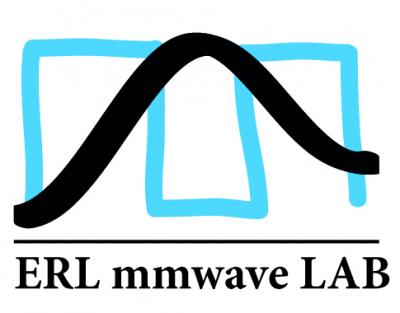Characterization and modelling up to sub THz

Projects under this theme
Microwave measurements for planar circuits and components
PlanarCal aims to aim of the project is to enable traceable measurement of integrated planar circuits and components from radio-frequency (RF) to sub-mm frequencies.
Integrated Near Field sensOrs for high Resolution MicrowavE spectRoscopy
The goal of this project is the creation of a new class of sensors, enabling fast and accurate dielectric characterization of biological samples, with high-sensitivity and high-spatial resolution.
Non-Galvanic Contactless Connectors for Power and Data Transfer
The WiCon project will provide low-cost, highly-integrated system solutions for galvanic connectors replacement in the consumer and industrial market segments.
History
STW Take-off phase1: High gamma vector network analysis
HΓ-VNA targets the implementation of a new measurement technique, enabling accurate characterization of electronic devices as well as biological and organic materials, which share the common characteristic of presenting extreme loading condition in the RF/Microwave frequency range.
Metrology for optical and RF communication systems
To develop traceable methods for RF power and MIMO antenna measurements and cost-effective metrological solutions for smart, adaptive, reconfigurable and wearable antennas.
From RF to MMW and THz silicon SoC technologies
Silicon technology platforms for emerging RF, millimetre-wave and THz consumer applications.
MSc students
Alumni
- Haolin Wu (2024)